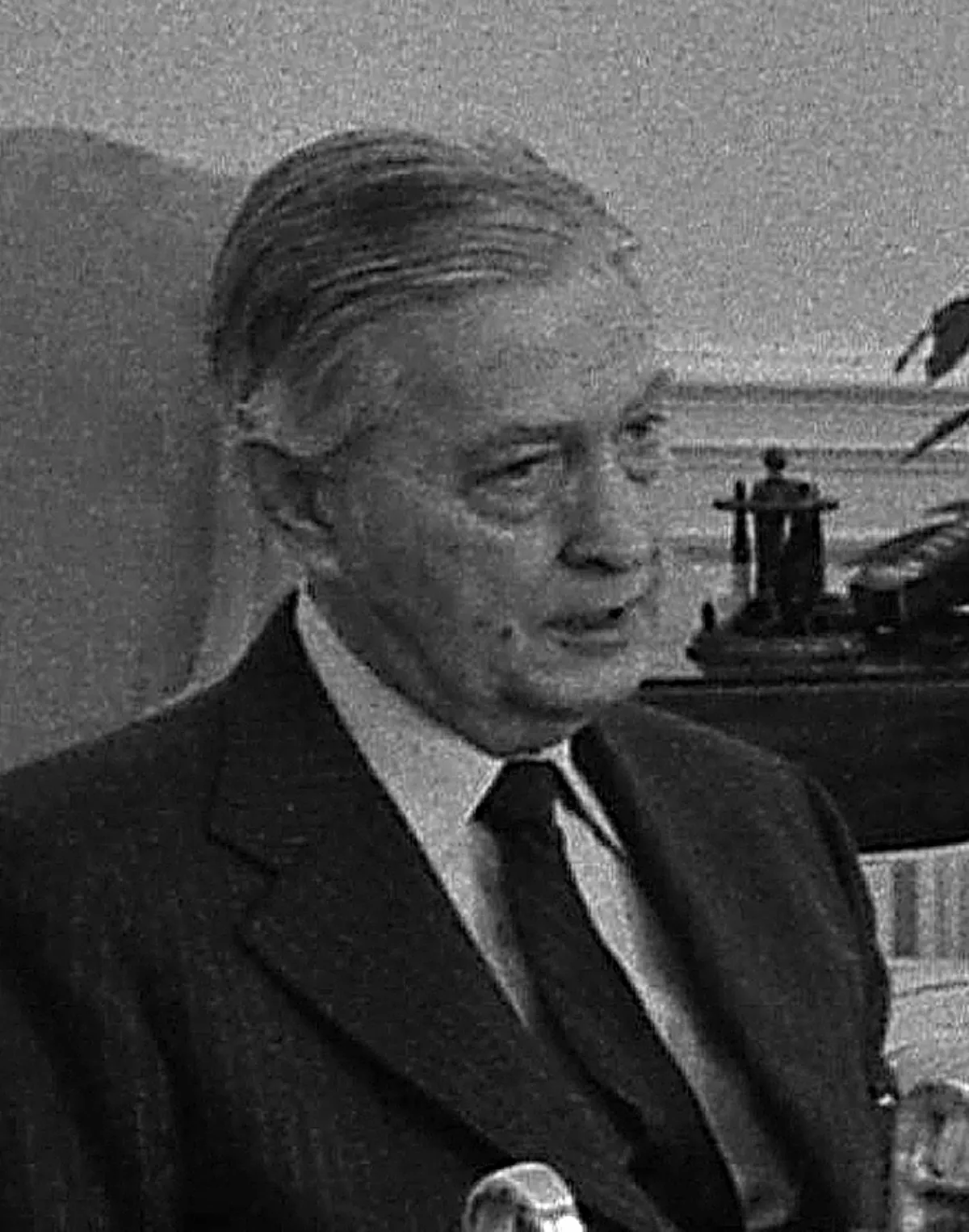 1.
1. Graham Martin was the ambassador to Thailand and as US representative to SEATO from 1963 to 1967, ambassador to Italy from 1969 to 1973 and the last United States Ambassador to South Vietnam from 1973 until his evacuation during the Fall of Saigon in 1975.